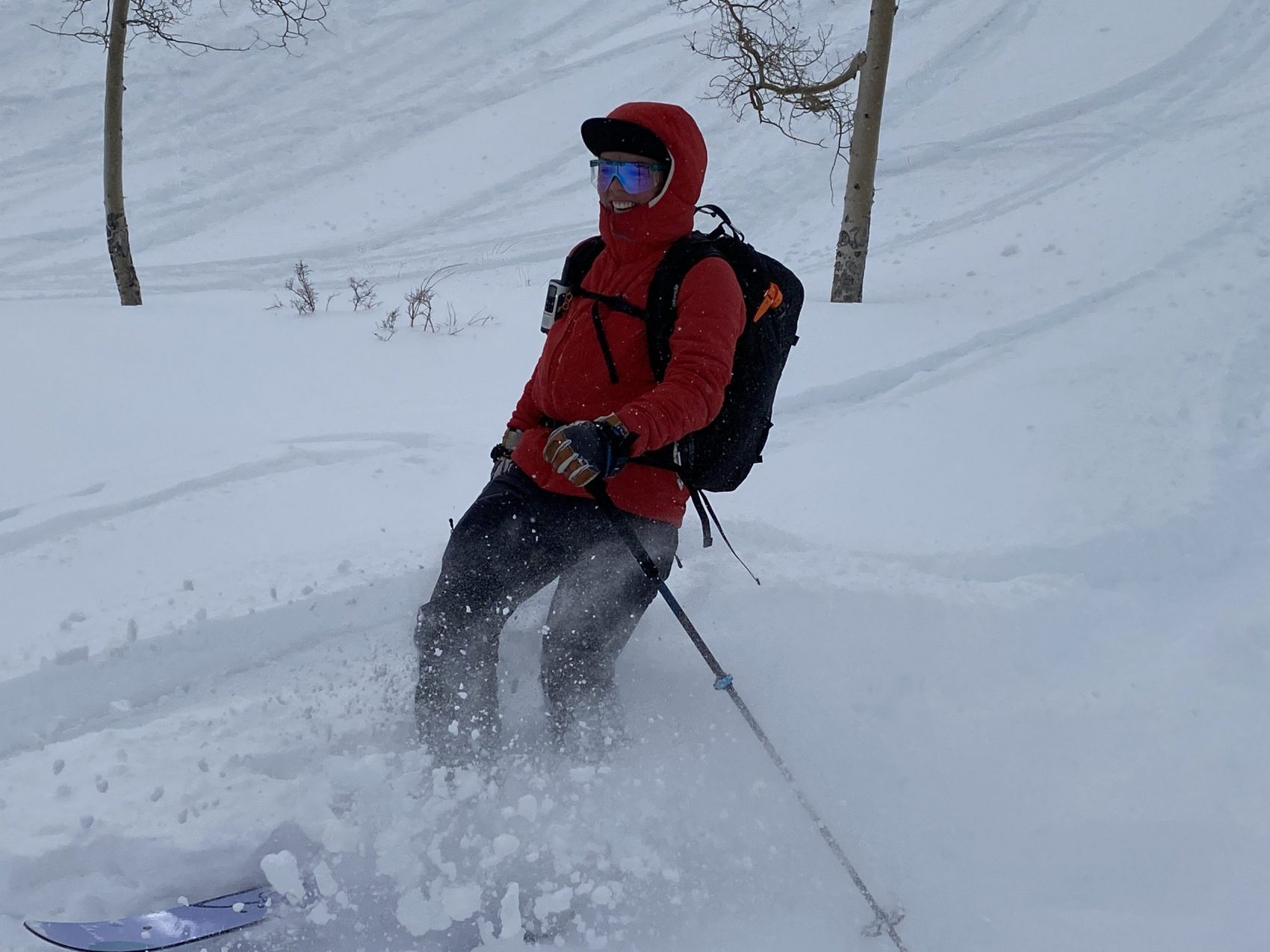
This past weekend, I had the opportunity to visit Bluebird Backcountry, located in Kremmling, CO. Kremmling is about 2 hours away from Denver or about an hour from Steamboat Springs.
I’ve heard a lot of buzz about Bluebird in the past, especially this season, with the mass exodus of skiers into the backcountry. Bluebird Backcountry aims to provide a safe space for both beginners and experts alike to enjoy ski touring.
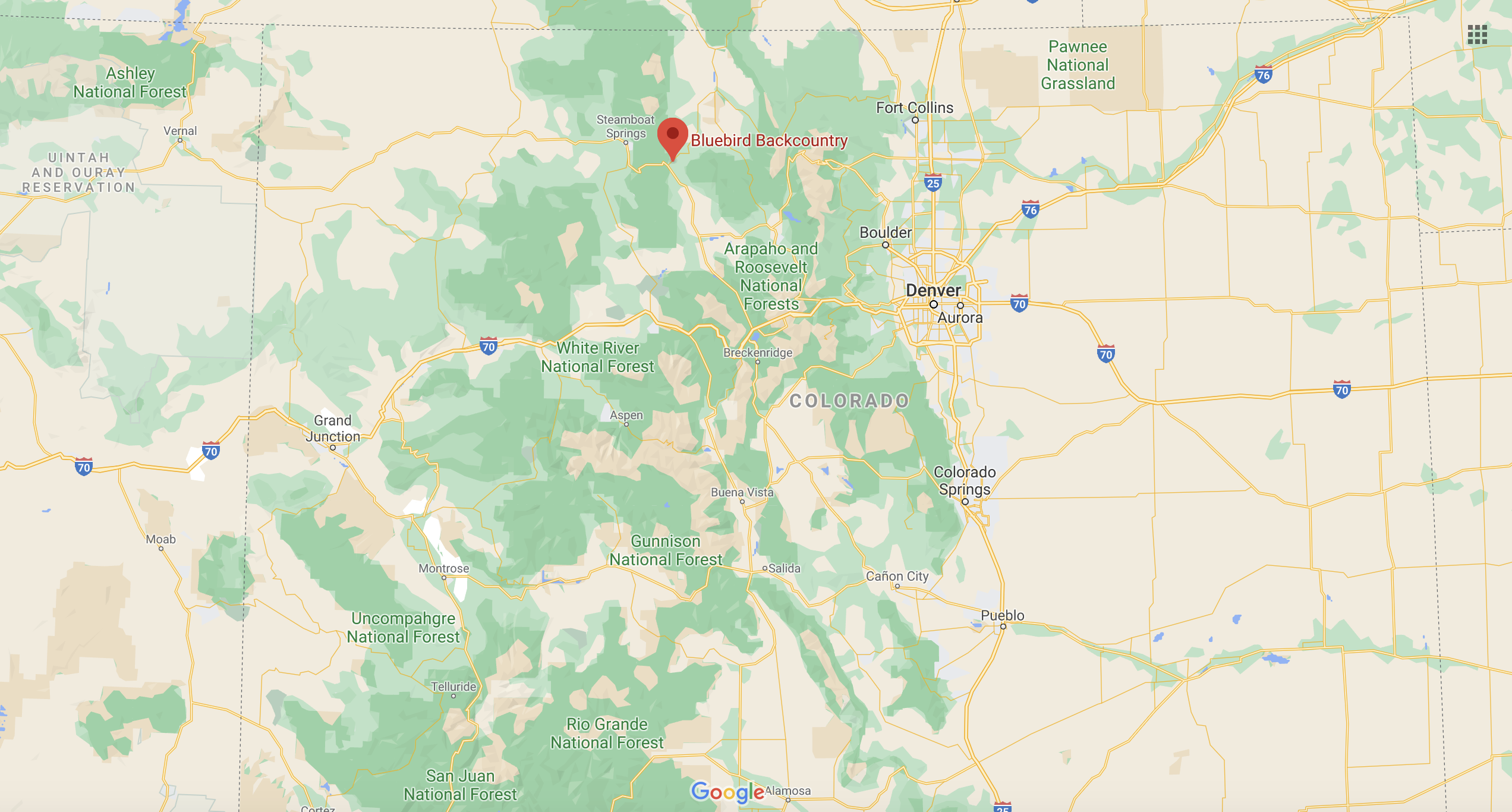
It all started four Christmases ago when Bluebird co-founder Jeff Woodward taught his brother how to backcountry ski near Crested Butte. Jeff came to a realization: it’s really hard to learn how to backcountry ski. Not only is it costly, complicated, and time-consuming, but avalanches create an ever-present threat that should not be taken lightly and can be extremely intimidating for beginners. Jeff came together with co-founder Erik Lambert with an idea: a safe, avalanche controlled area for ski touring. Bluebird was born.
Bluebird’s Bear Mountain ski area boasts 4,200 acres of skiable terrain, which would make it the 8th largest ski resort in North America! However, 1,200 acres of this terrain is avalanche evaluated and controlled. This abundance of terrain means perpetual first tracks and spreads the crowds out significantly. The best part of it? No lift lines to wait in!
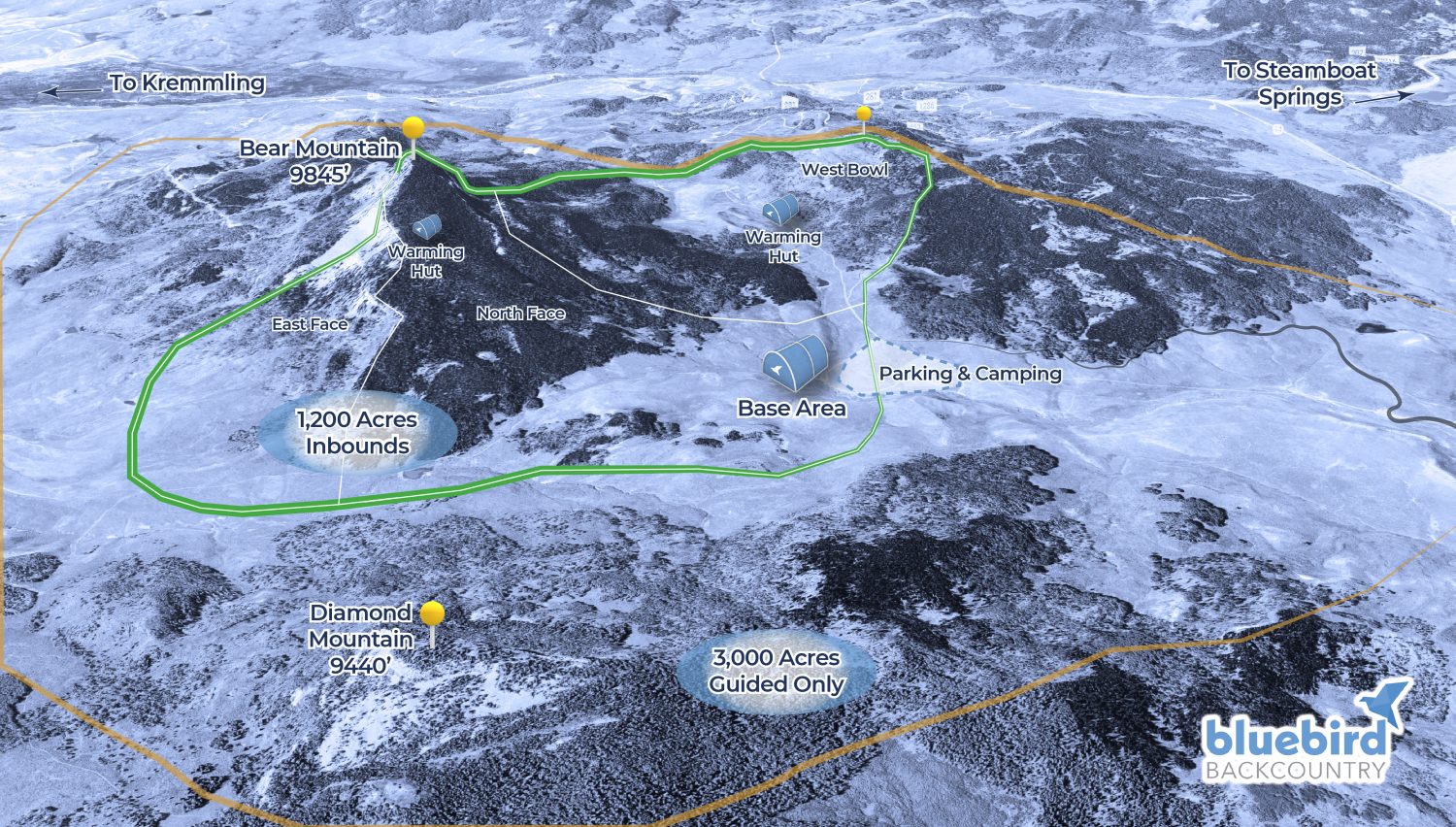
I spent the night in Kremmling and started the drive to Bluebird at about 7:30 am. Upon turning out of the parking lot, we were met with standstill traffic leading as far as the eye could see. 15″ overnight on Rabbit Ear’s Pass rendered the road dangerous, and we were forced to wait until the plows were able to clear the snow. Finally, at 10:30 am, I arrived at Bluebird.
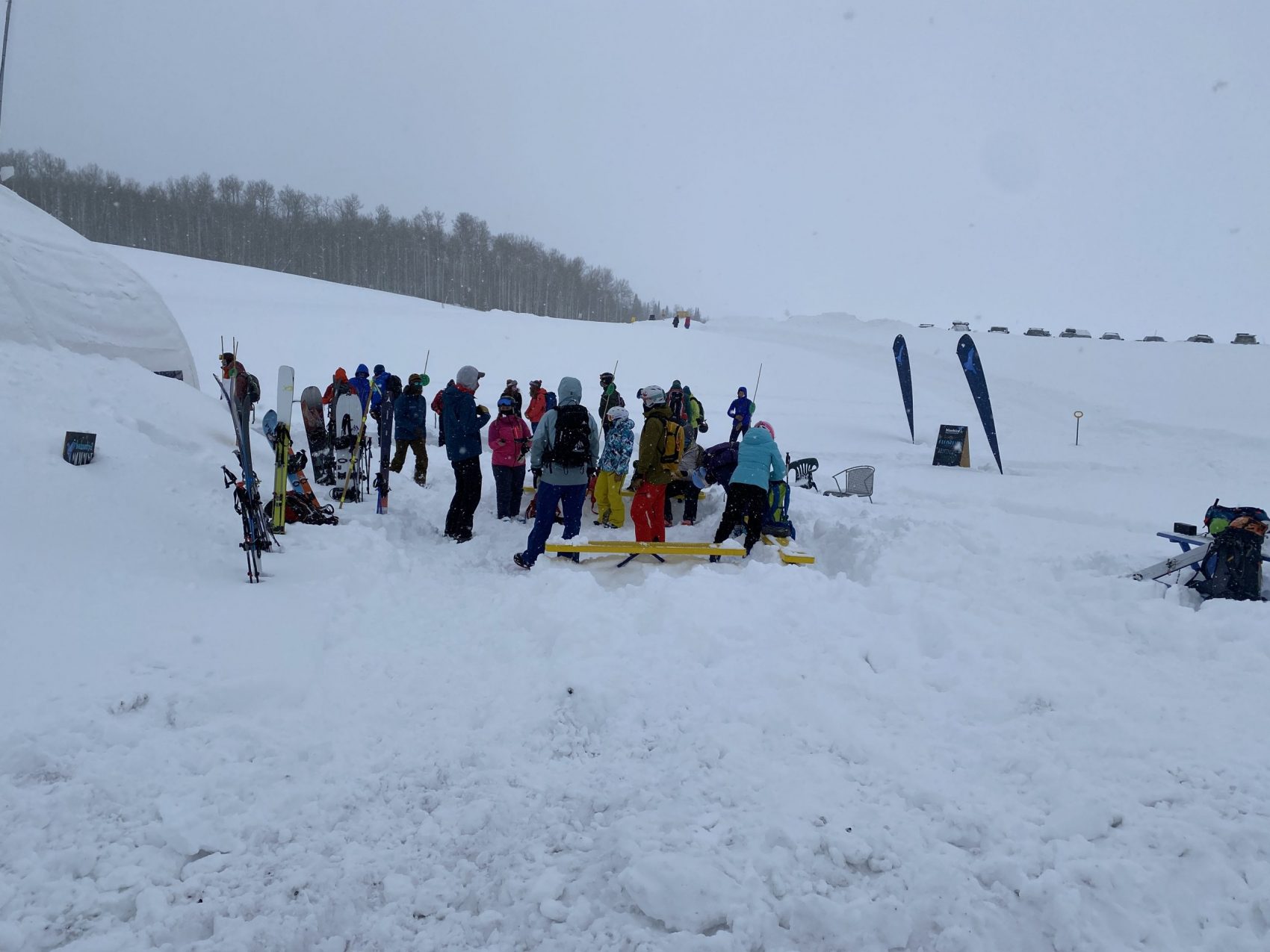
The first thing that I noticed at Bluebird Backcountry was the stoke level. Despite everything being pushed back about 3 hours due to road closures, the employees were all fired up to be there and super excited as cars rolled up the road to the parking lot. I got my boots on and walked down from the parking lot to the base area. The base area is a conglomerate of buildings, including rentals/ticket office, food, and more.
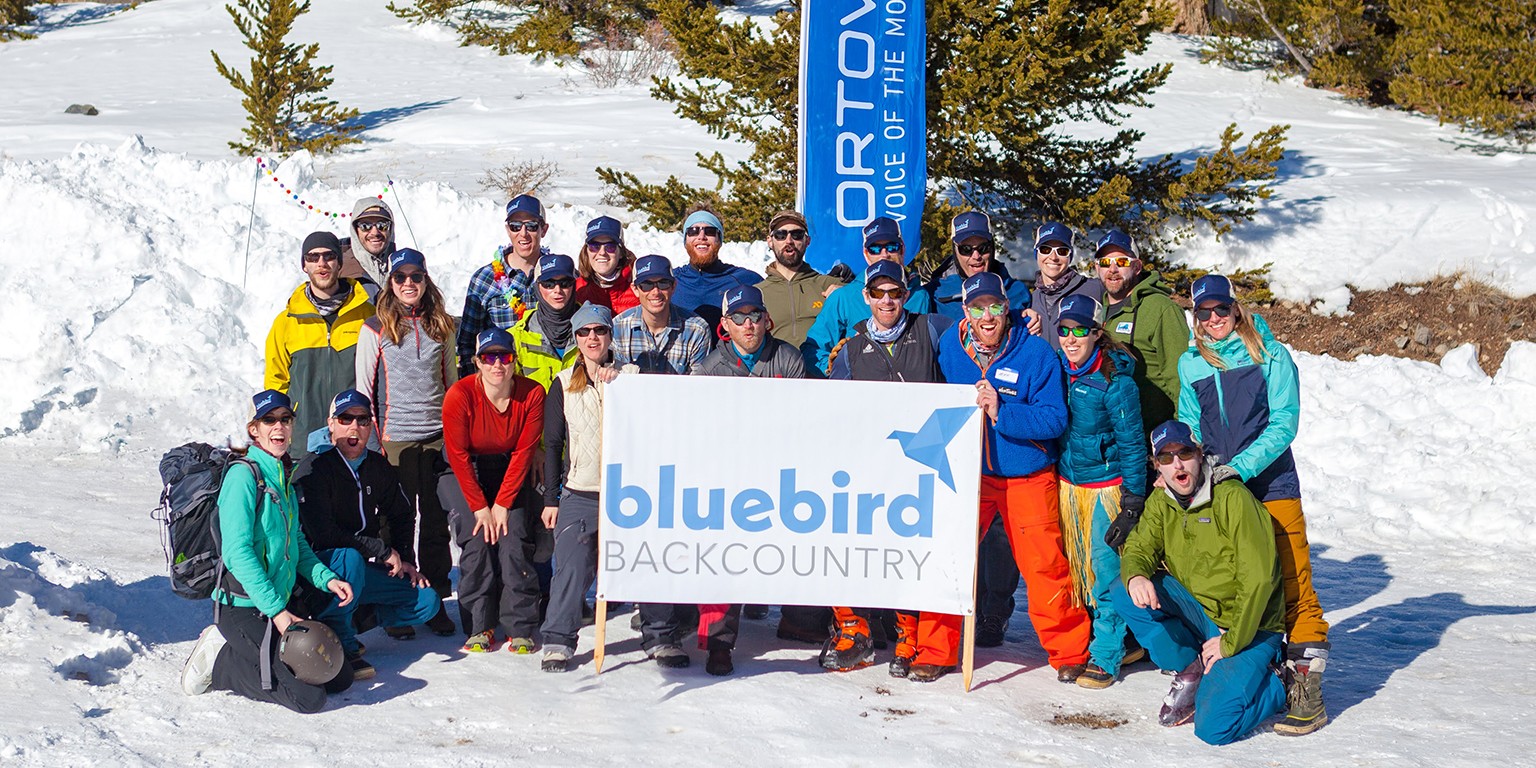
After asking around a bit, one of the coolest things I learned about the ski area was their sustainability commitment. In fact, all of the buildings at the base area are temporary; they take those buildings down to leave no trace on the land in the spring. Bluebird Backcountry is also run on solar power, and that is evident from two large solar panels strategically positioned at the base.
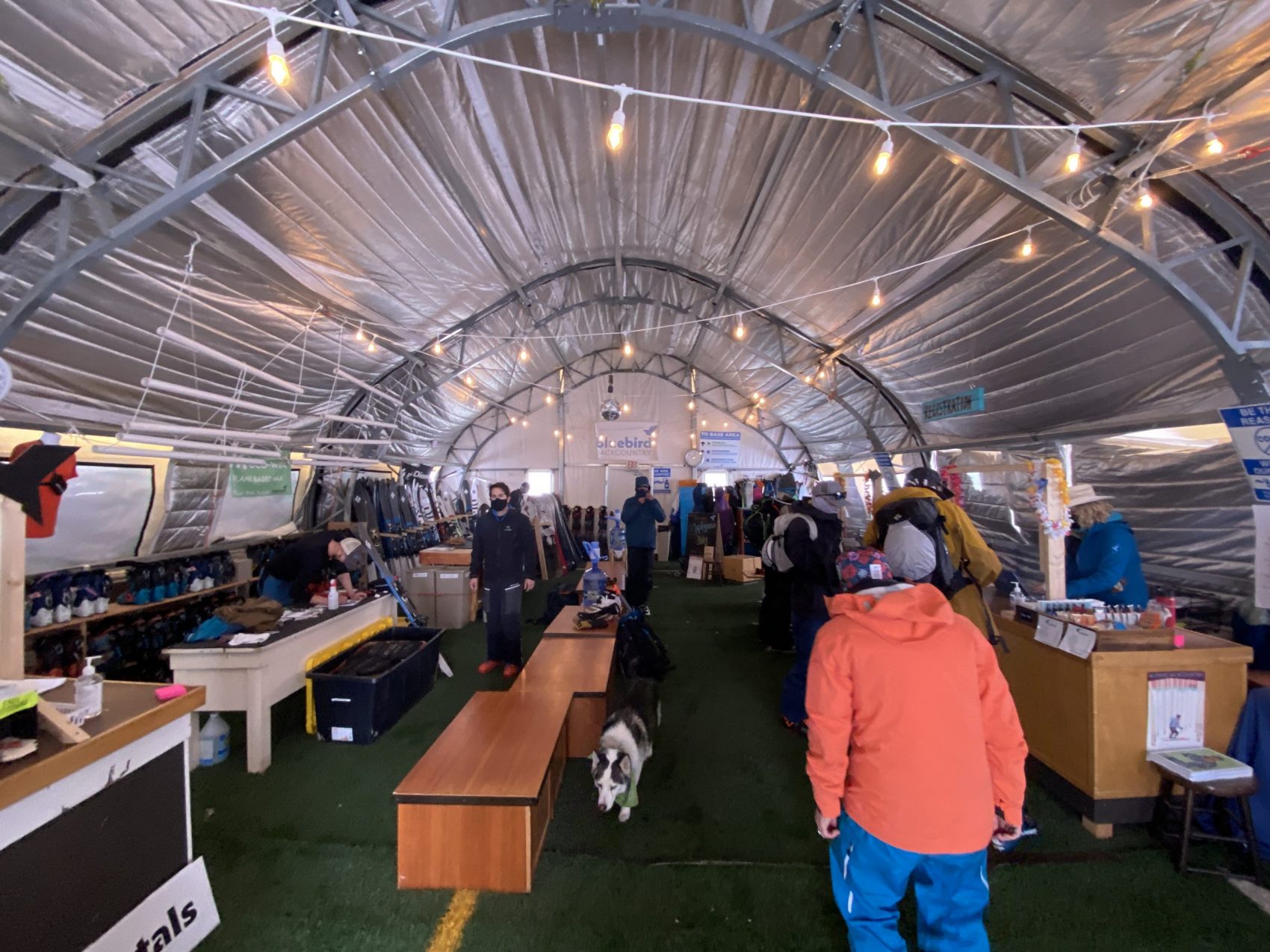
Bluebird divides its public courses into three categories. BC1 is a complete introductory course to backcountry skiing. The necessary gear, how to put on skins, etc. The BC2 course focuses on movement: kick turns, efficient skinning in deep snow, and group dynamics. The BC3 course serves as a bridge to an AIARE 1 course, preparing you to learn about avalanches and how to avoid them.
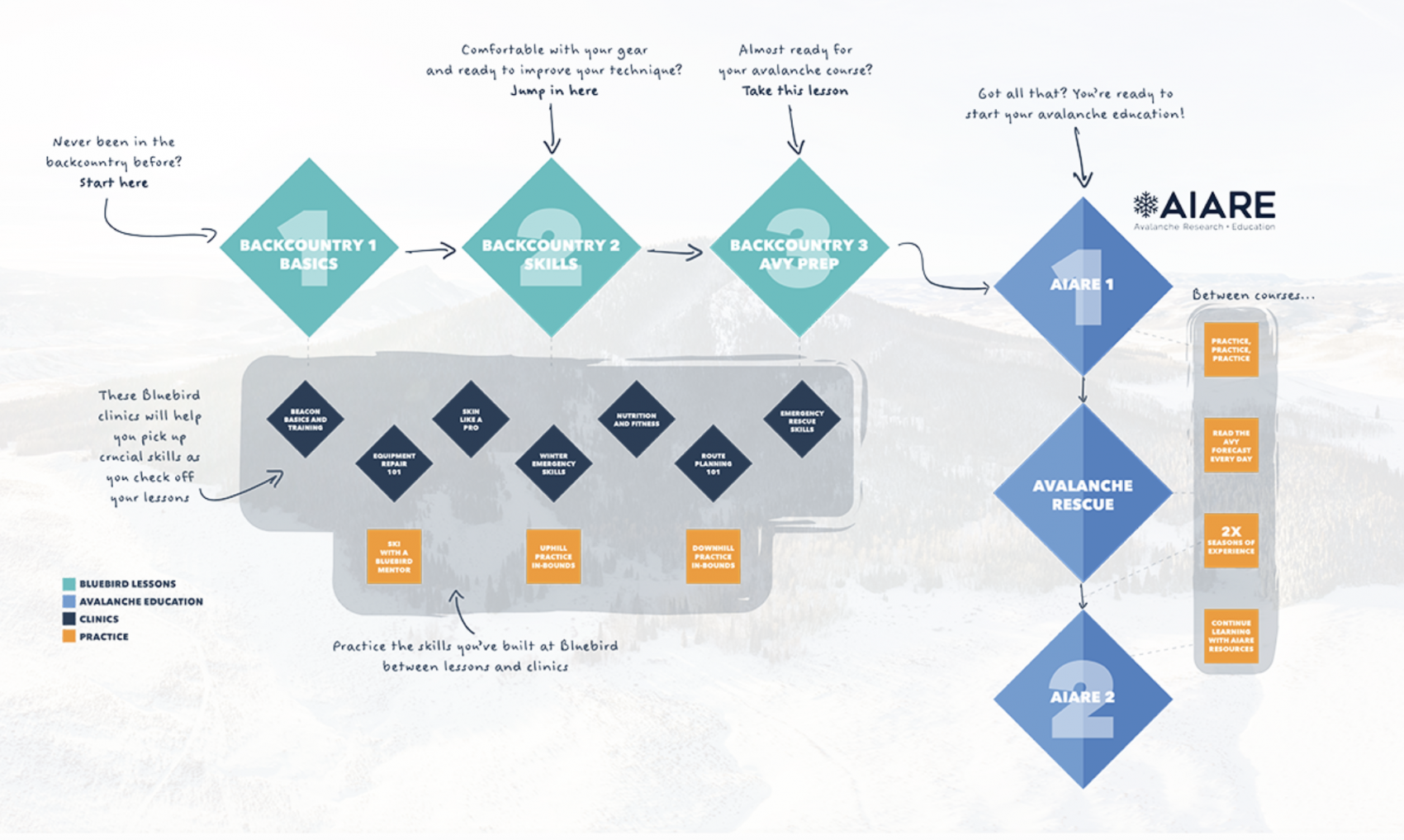
I had the privilege to shadow a BC2 course at Bluebird in the morning. The course that day was taught by Jared Current. Jared is studying outdoor education in Denver, Colorado. Jared found Bluebird Backcountry as he himself was looking for opportunities to teach backcountry skiing and has been a course instructor there for two years.
I spoke with Jared as Bluebird guests began trickling in. I was really impressed by Bluebird’s commitment to building backcountry safety from the ground up. Rather than focusing on the skiing aspect right away, Bluebird’s three-course curriculum teaches the necessary gear, movement skills, and more. That’s something I absolutely wish I had when I learned how to backcountry ski.
Jared explained that the courses don’t typically start until 9:30 am. He says that the lack of a time constraint teaches good habits in the backcountry: rushing can skip necessary safety steps and increase risk.
I was also very impressed by Bluebird’s commitment to COVID safety. Masks are mandated in the base area and optional while on the skin track. I felt very safe surrounded by guests all wearing masks.
Overall, I really was impressed by what I had seen at Bluebird so far. Super high stoke levels, incredibly safety-oriented, and enthusiastic, informative teachers. But was it too good to be true?
I went out with a group of 5 in the BC2 group. No one was a backcountry expert, per se, but not absolute beginners, either. Everyone was excited to have fun and learn. One of the first things I noticed was that Jared was not afraid to really get into exercises and physically show concepts that he was explaining. For example, one of the guests fell while skinning in the deep snow. Almost immediately, Jared threw himself in the snow next to her and showed her how to get herself back up. This is the kind of enthusiasm that persisted throughout the day and really made the day a fun learning opportunity for guests.
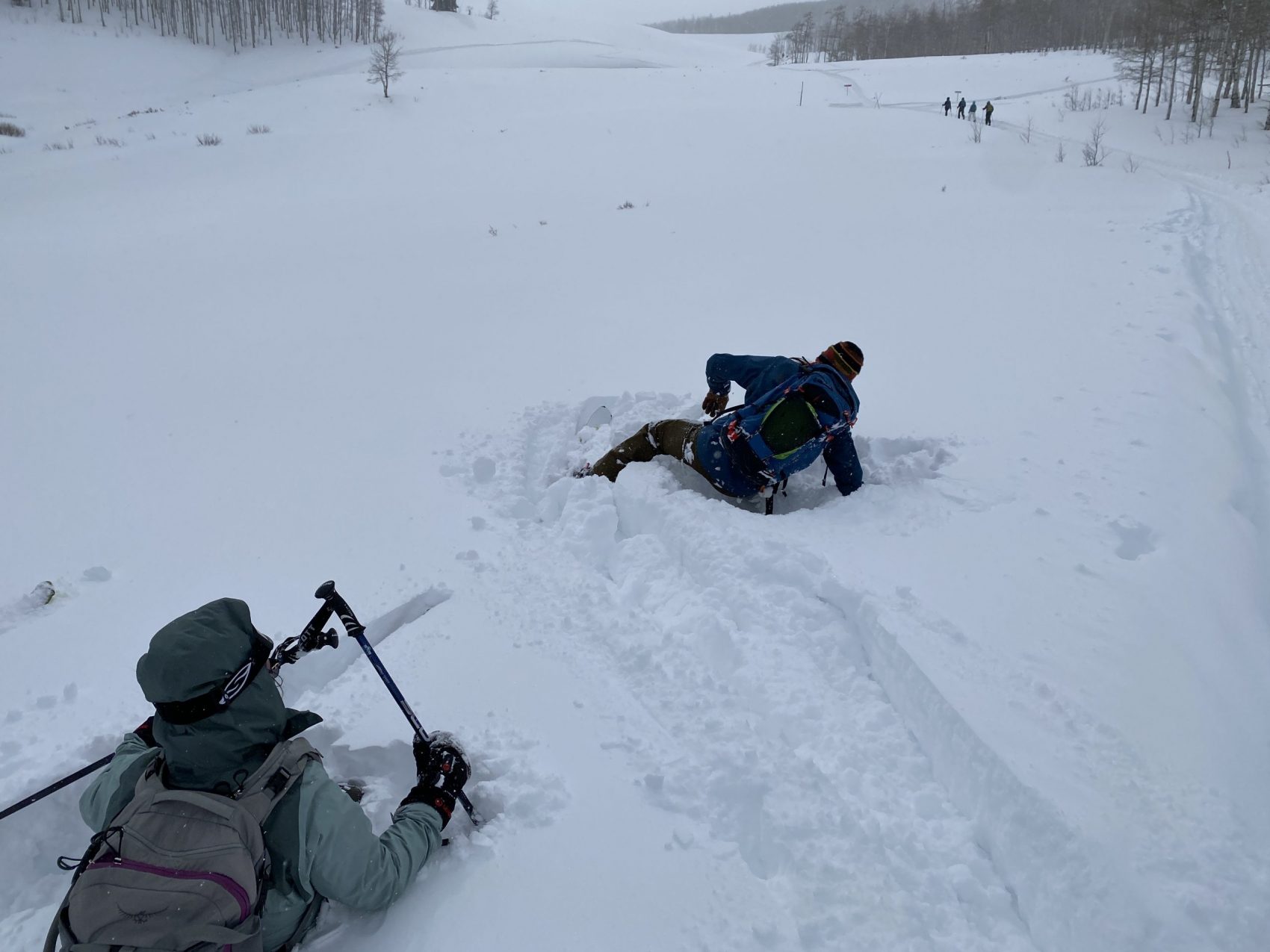
We continued up the skin track, with Jared explaining kick turns and other tips for efficient movement. All guests were learning, asking questions, and, most importantly, having fun.
At the top, Jared took the time to break down transitions, helping guests when necessary. We then enjoyed a beautiful descent down to the mid-mountain warming hut. The snow was deep, and the sugary quality that Colorado is known for! And the best part? Avalanche risk was not on my mind. Bluebird ski patrol does bootpacking, ski cuts, and other avalanche mitigation techniques to minimize avalanche risk, and it left me feeling very safe.
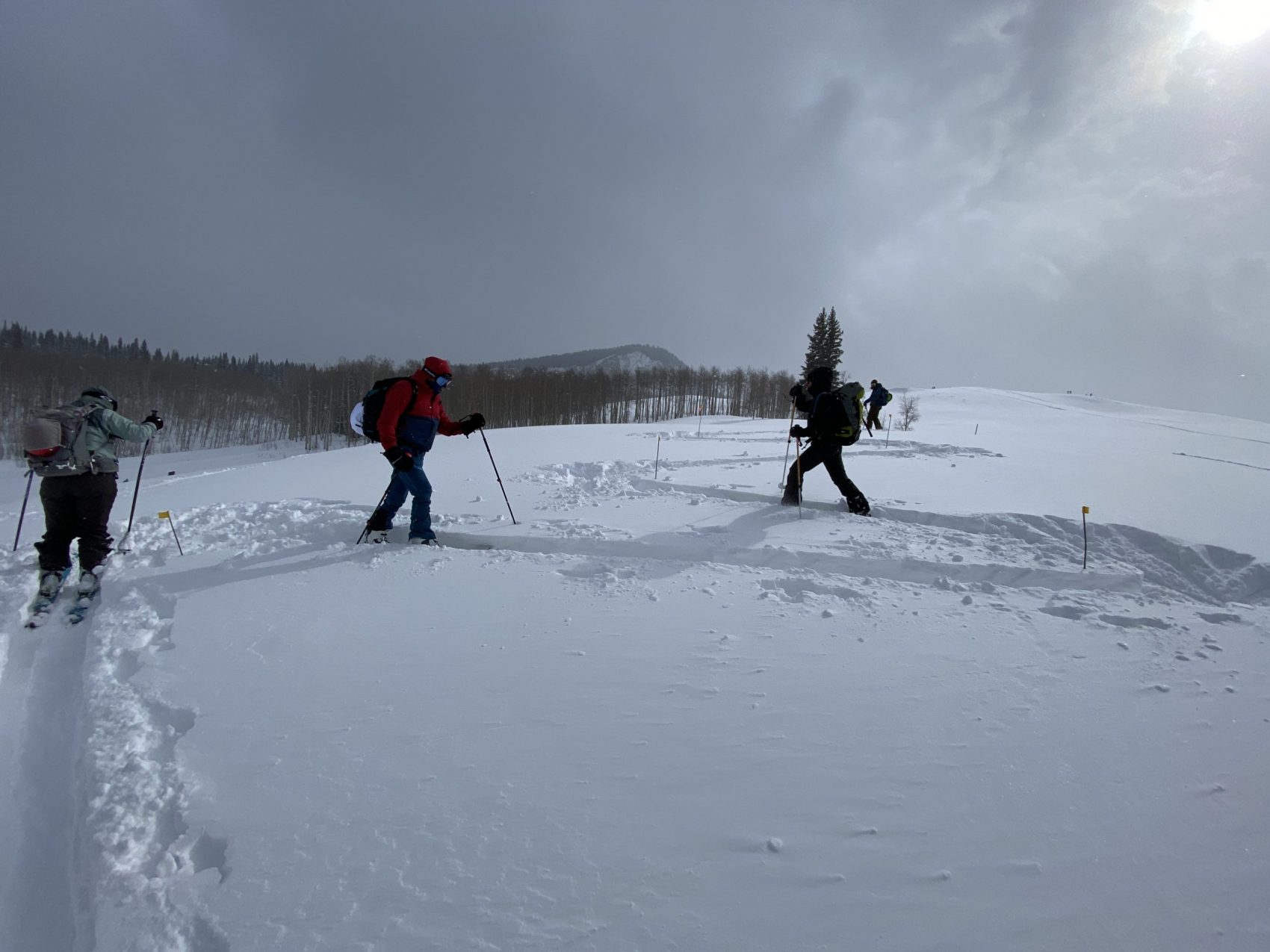
After a lap with the BC2 group, I had the opportunity to tag along with a different group. This group was an all-women group organized by an organization called The Elevated Alpine. The Elevated Alpine works to empower women on the bike and in the backcountry through local events, gear reviews for women by women, and partnerships with industry brands to drive marketing product development decisions. Founders Kristen Smith and Sara Robbins met at their day jobs at Google and started Elevated Alpine at the start of COVID. They wanted to take their knowledge of big data, user insights, and ad tech and apply it to the outdoor industry to ignite industry brands to be more inclusive of women in the outdoors. Dynafit hosted this particular Elevated Alpine event.
I took a lap with the Elevated Alpine group. All the women were super stoked to be there, enjoying the beautiful (yet blustery!) day. I spoke with Dynafit marketing specialist Michael Casarrubia, who worked with The Elevated Alpine to organize the event. He said that sponsoring events like this to create equity in such a male-dominated sport was important to Dynafit.
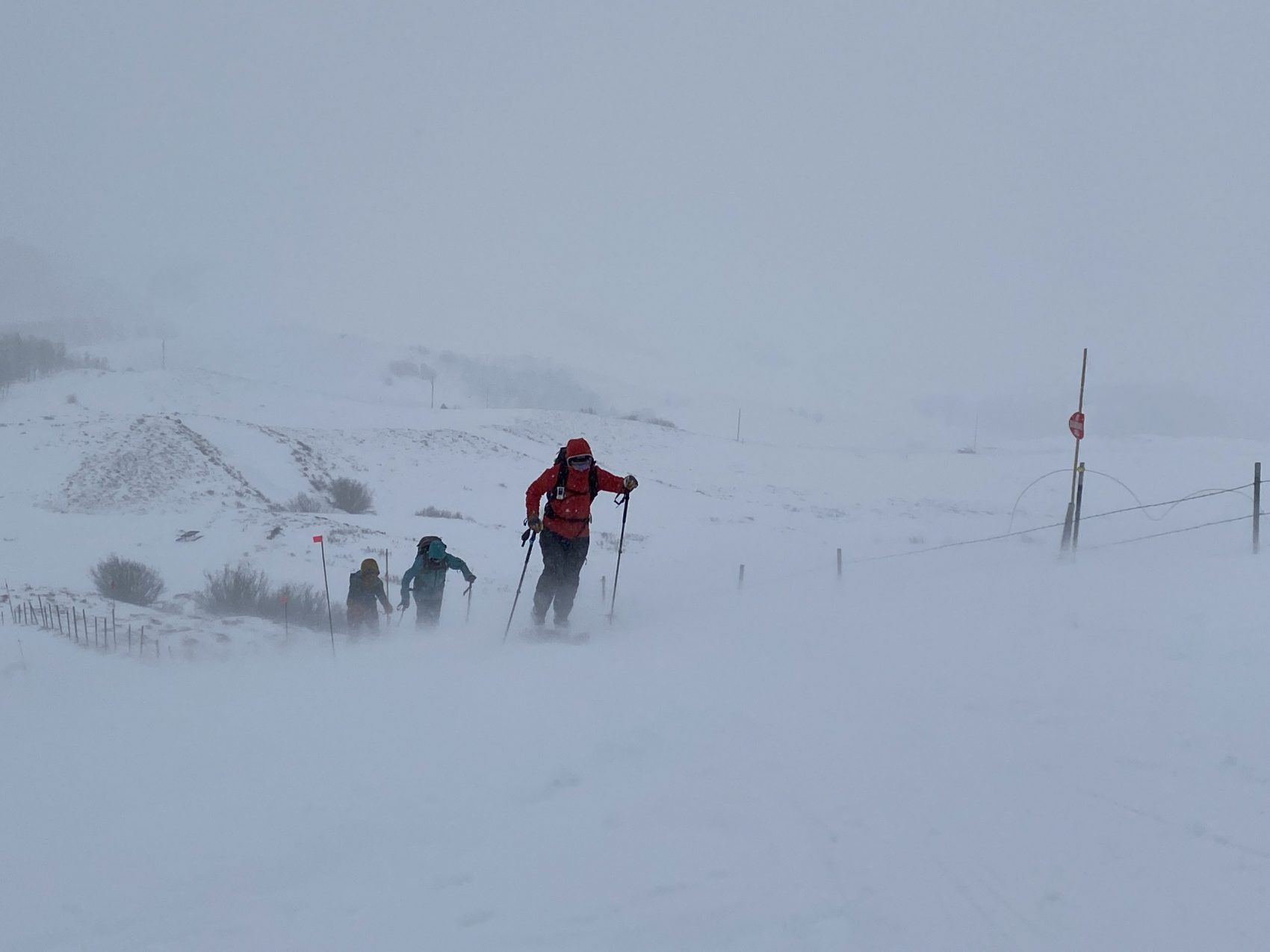
We got to the top of West Bowl, and I dropped in with a few Elevated Alpine women. The snow continued to impress, and I followed the skin track back down to the base area.
After a full day of skiing, The Elevated Alpine and Dynafit hosted a myriad of events at the base. The first was a talk on avalanche safety that went over some brief concepts to help stay safe outside of the safe harbor that Bluebird Backcountry provides. More talks, games, and fun activities went throughout the afternoon.
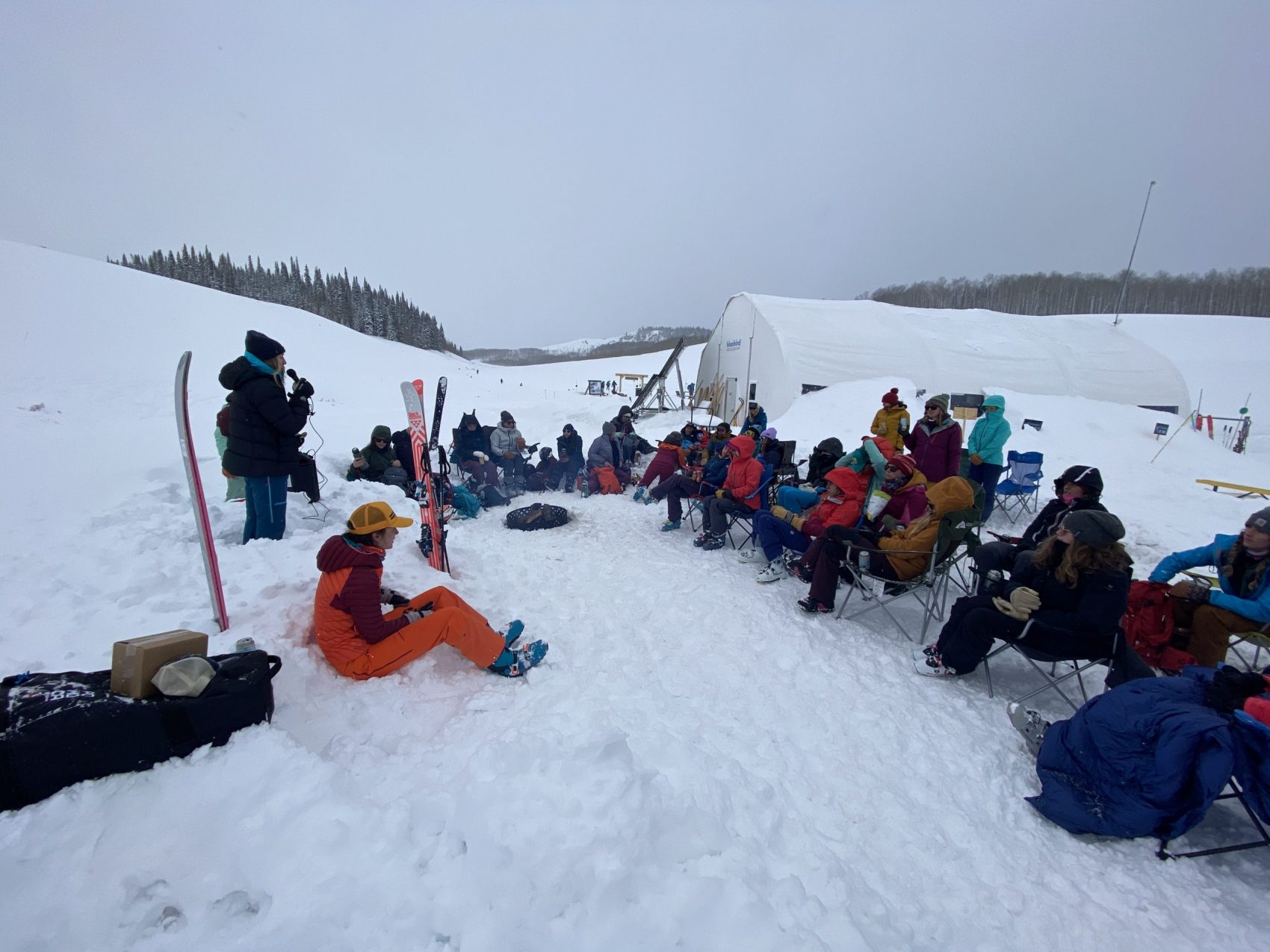
I was really impressed at the junction between three entities (Bluebird Backcountry, The Elevated Alpine, and Dynafit) to make this event happen. It was incredible seeing the smiles on the women’s faces with who I took a lap, and none of that would have been possible without the commitment by Bluebird and Dynafit. I applaud all three organizations for making this happen, it was great to see.
After visiting Bluebird Backcountry, I can firmly say that it’s the real deal. COVID and avalanche safety left me feeling safe all day. Observing the BC2 course gave me faith that backcountry is being taught the right way – with Bluebird leading the charge. I would absolutely recommend Bluebird to beginners who want to learn the ropes before an AIARE course, and even expert backcountry skiers who want to feel safe on high avalanche danger days. Overall, it was an incredible experience, and I can’t wait to go back!


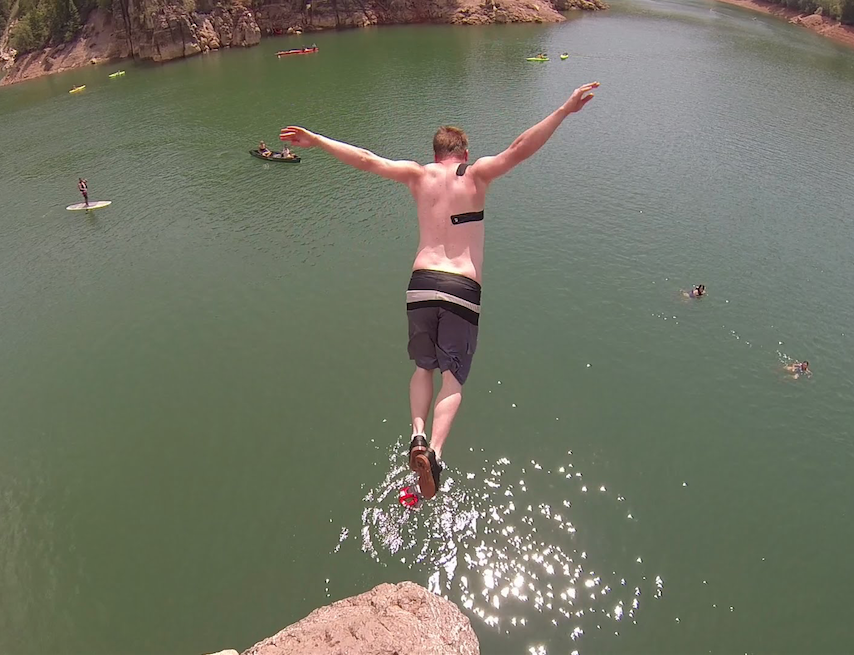
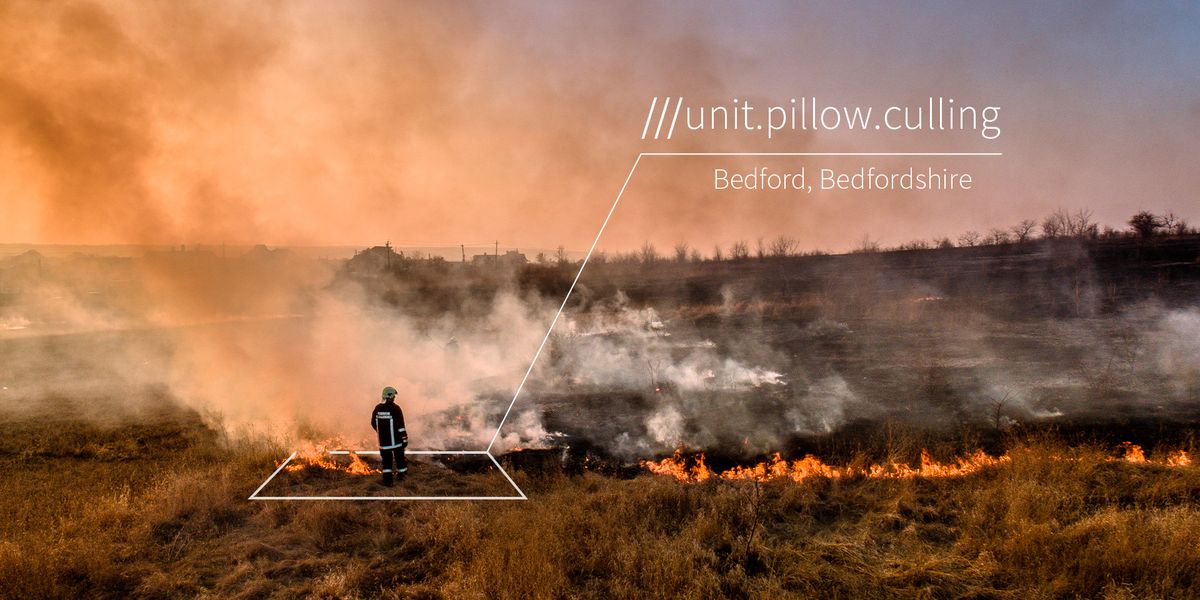
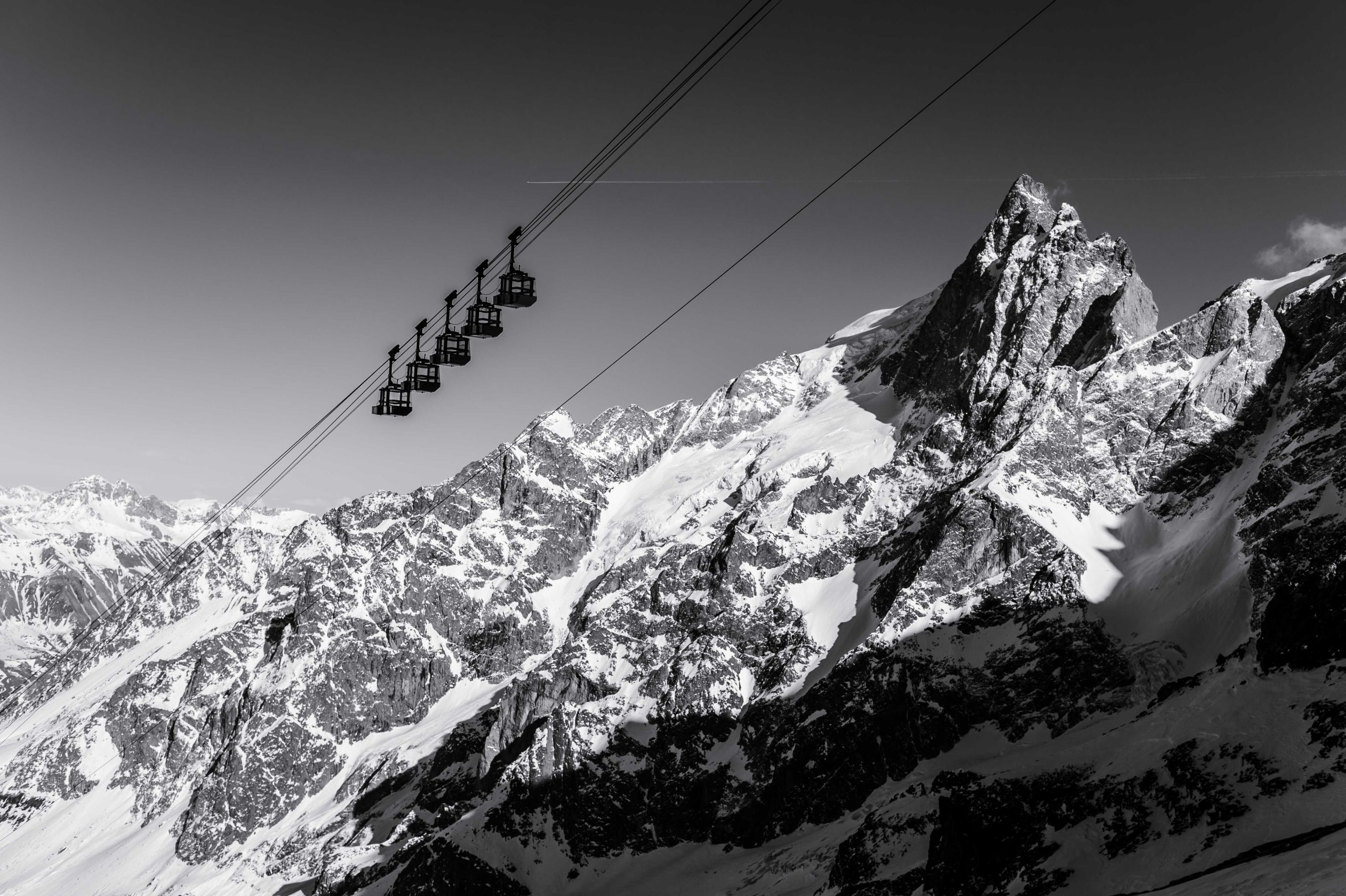
Ugh, looks absolutely flat and boring.